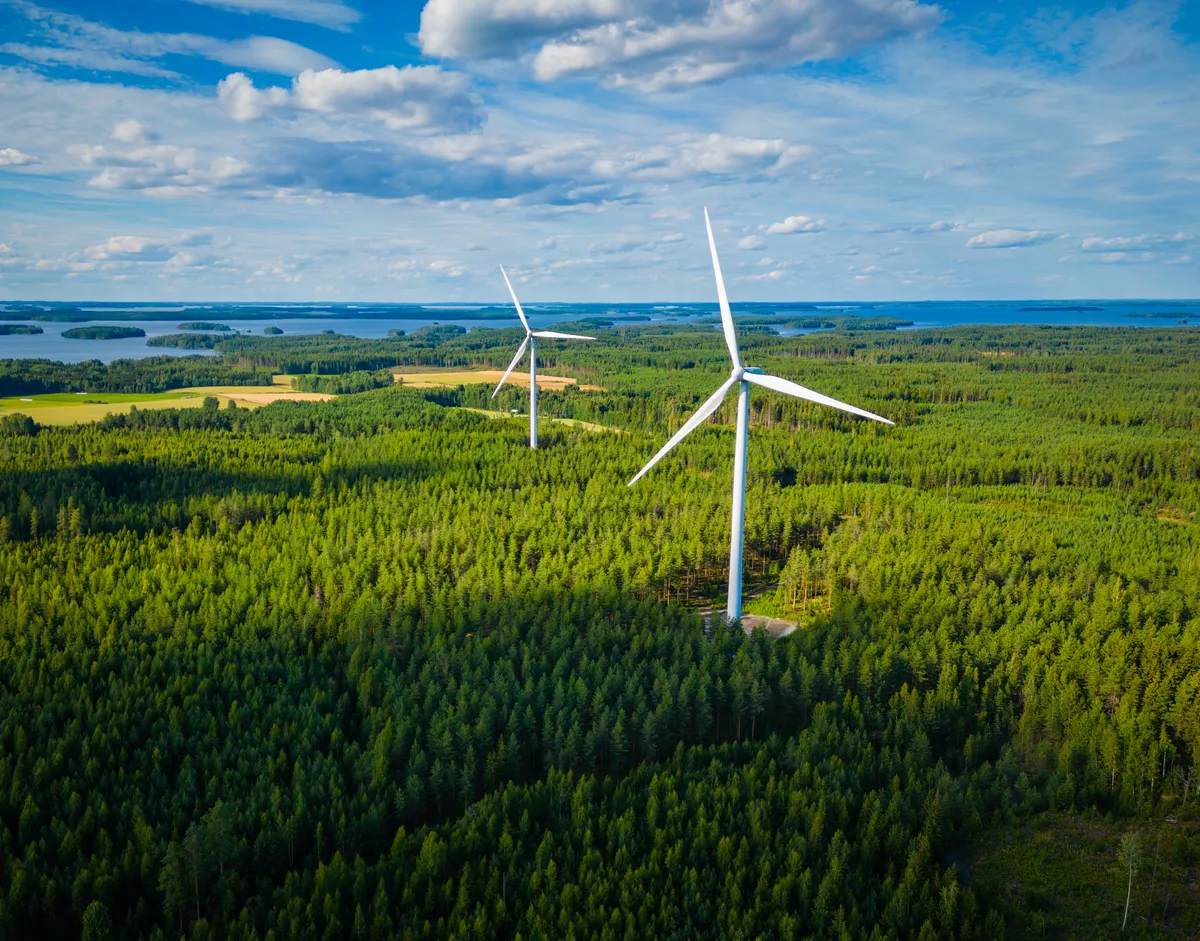The transition to renewable energy is central to our efforts to build a low-carbon future. But it is not without its own environmental downsides, as highlighted by a new review showing that the majority of birds and mammals studied to date are displaced from their habitats by wind-power developments.
Wildlife and wind turbines are an uncomfortable mix. Rotating turbine blades can make short work of anything unlucky enough to collide with them, but direct mortality is only part of the story. Having reviewed the available evidence from around the world, biologists in Finland have found that 63 per cent of bird species, 72 per cent of bats and 67 per cent of terrestrial mammals are displaced from areas where turbines are installed.

Some of the most pronounced effects were found among owls, cranes and reindeer, which were displaced an average of 5km from wind-power developments.
Anne Tolvanen of the Natural Resources Institute Finland, a co-author of the study published in the journal Biological Conservation, says that more data on more species is required if the impacts of new wind farms on the most vulnerable species are to be minimised. “The problem is that the research always comes a bit too late,” she says.
Some of the most pronounced effects were found among owls, cranes and reindeer, which were displaced an average of 5km from wind-power developments.
According to Will Cresswell, professor of biology at the University of St Andrews, who was not involved in the work, the paper “shows the profound effects” of wind-power developments on natural habitats. But he suggests that such impacts can be mitigated. “In short, put turbines in the right place,” he says. “Agricultural land - already compromised in terms of biodiversity and with high disturbance - is ideal, producing both energy and food from the same loss of natural habitat more or less.
“But then the real issue with onshore turbines presents itself, at least in the UK: ‘not in my back yard,’” adds Cresswell. “This is of course another classic disturbance/avoidance effect, but at least humans, being rational, can see the logic of ‘better in my back yard, than in the national park or nature reserve.’”

